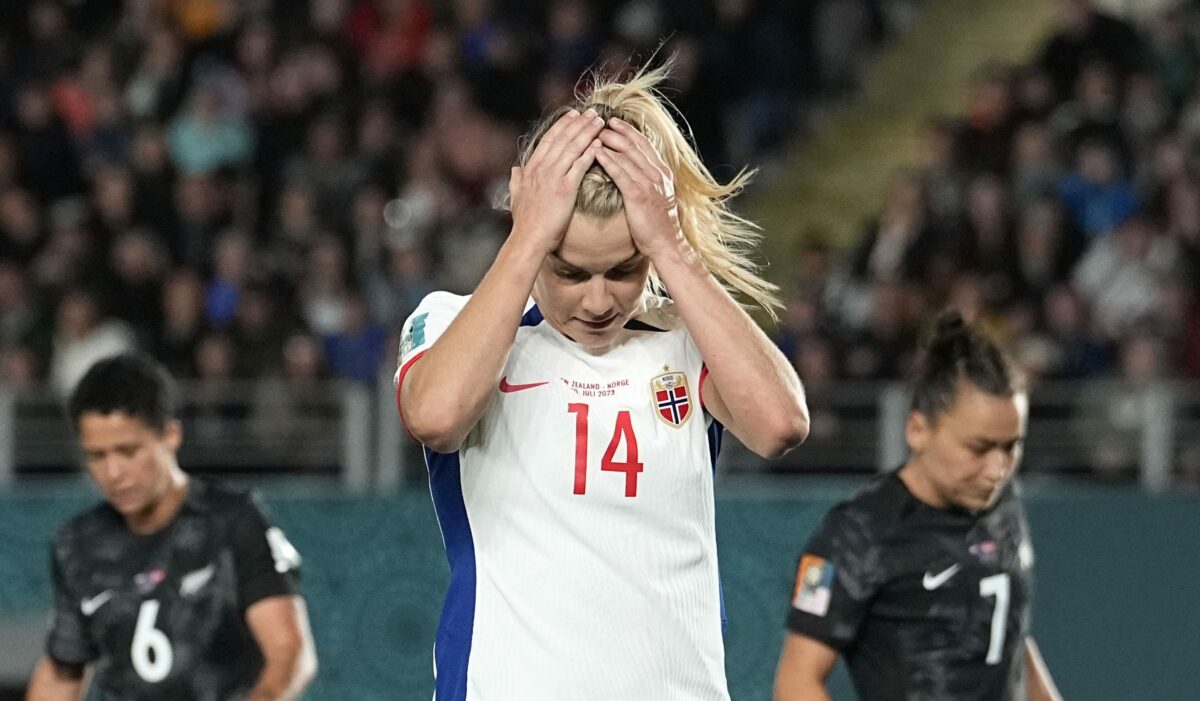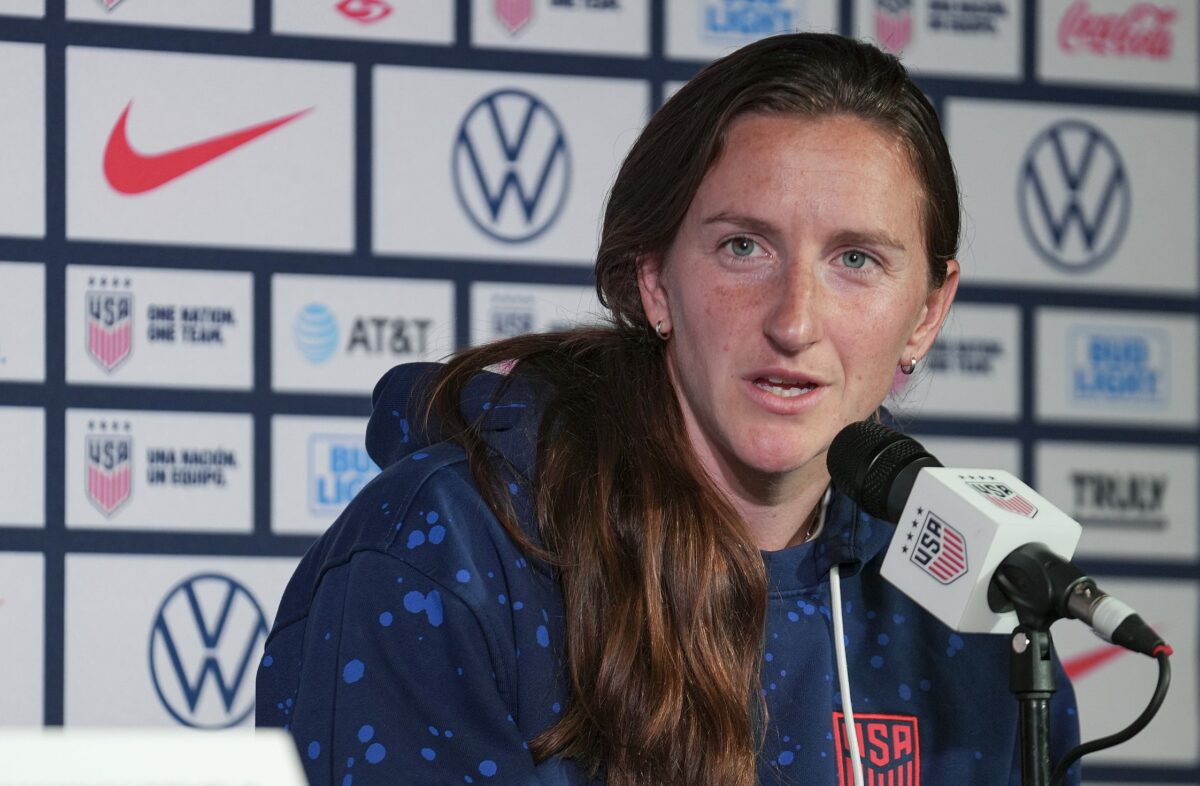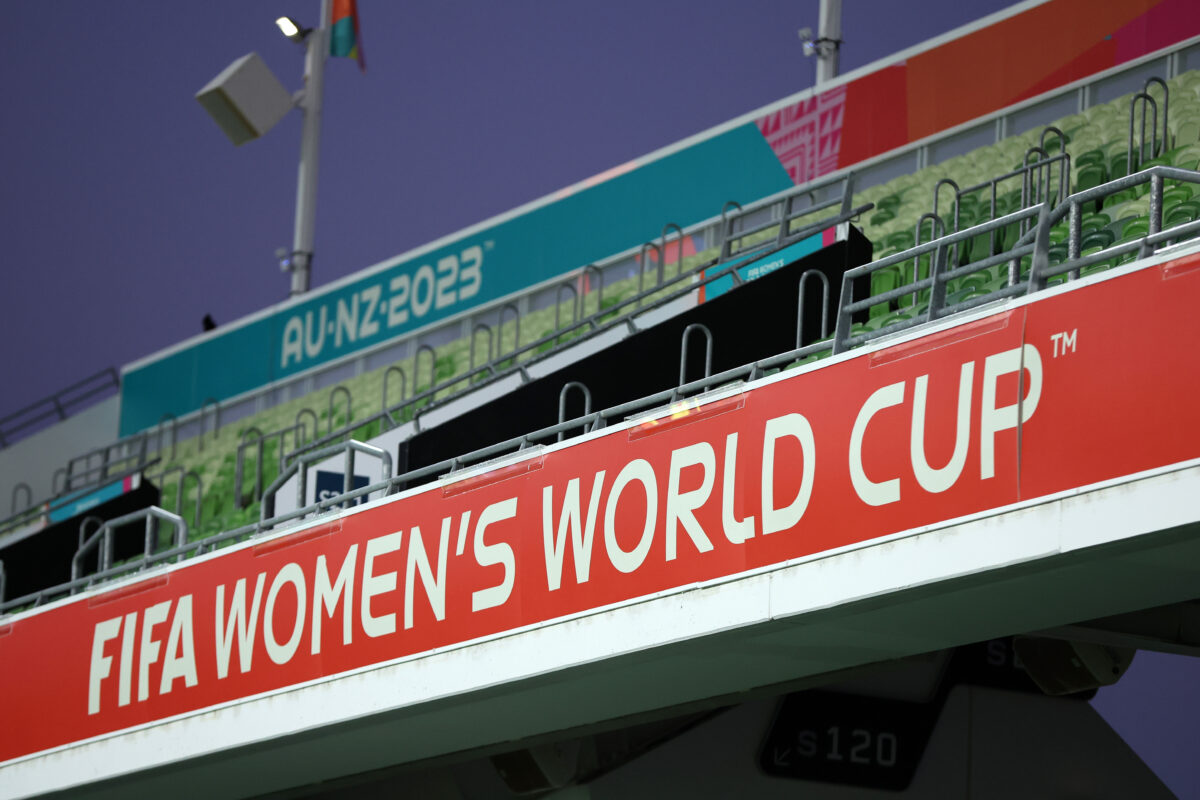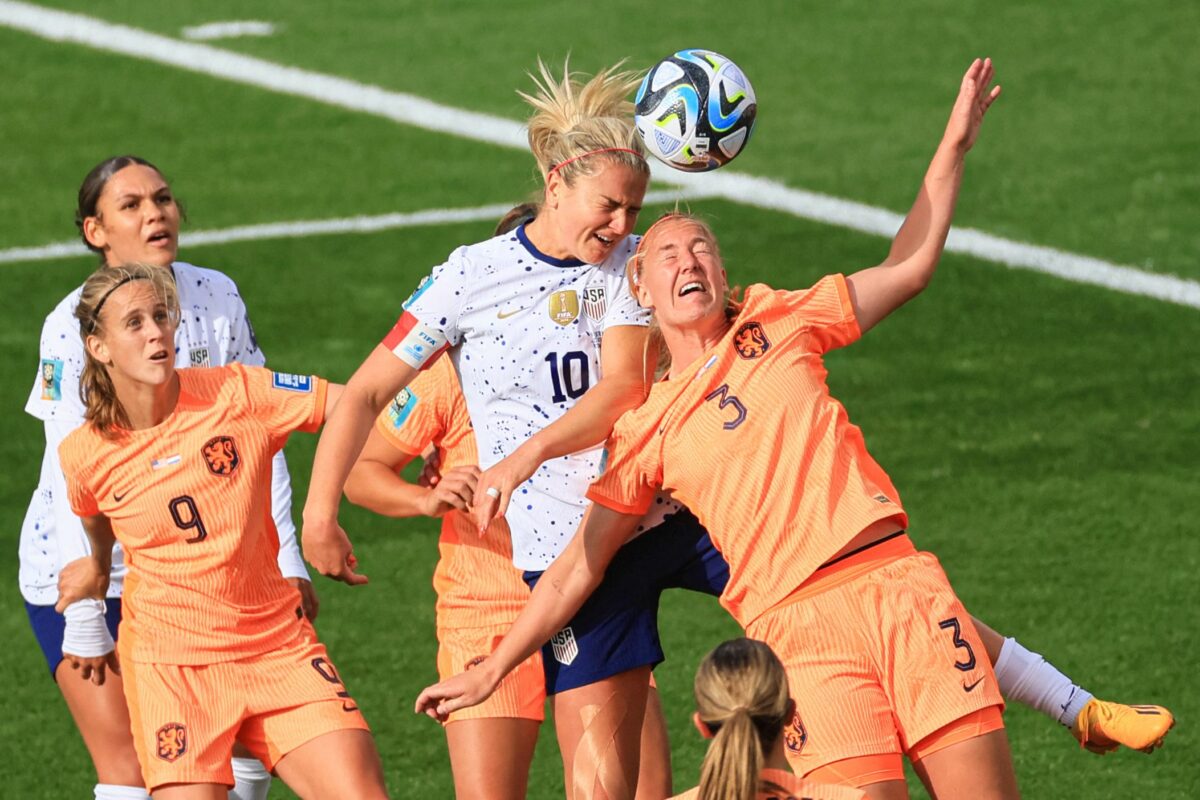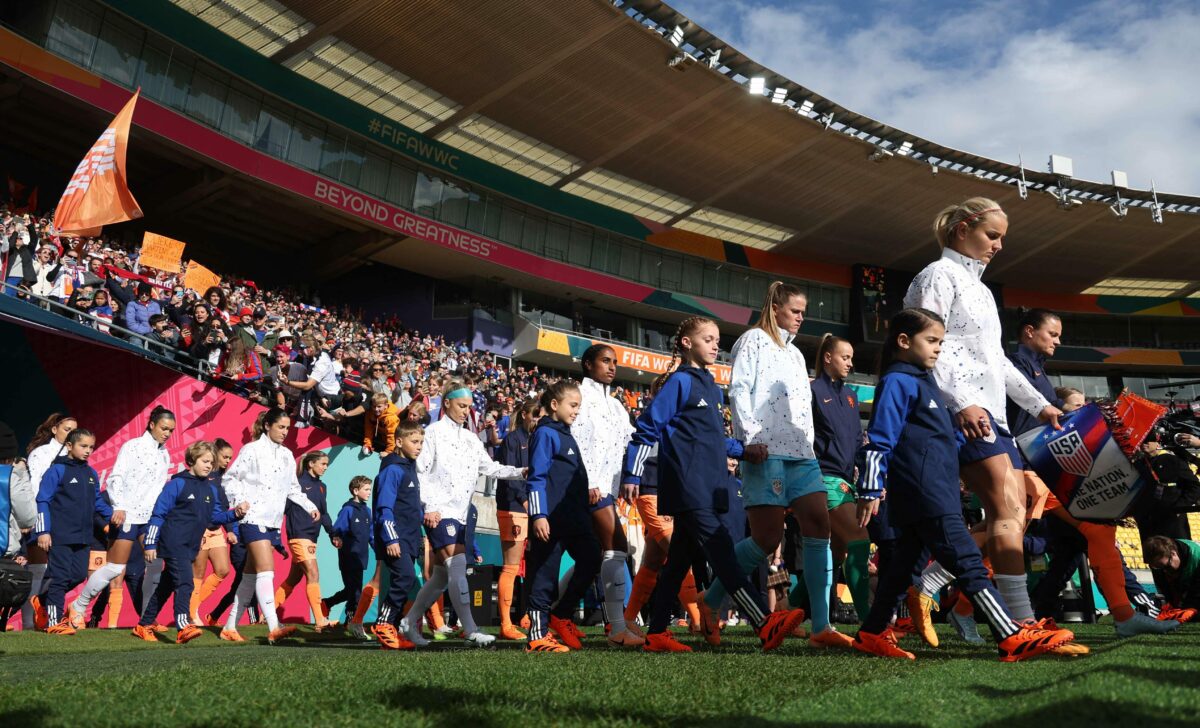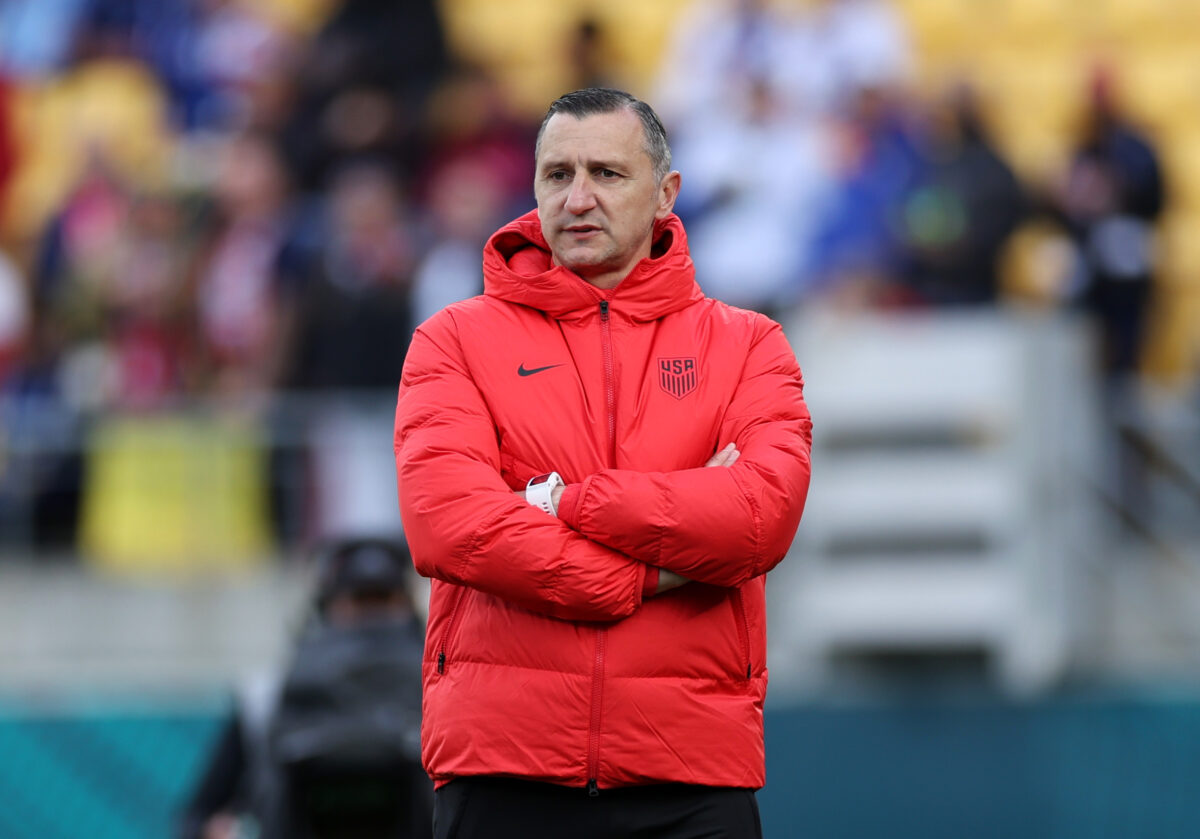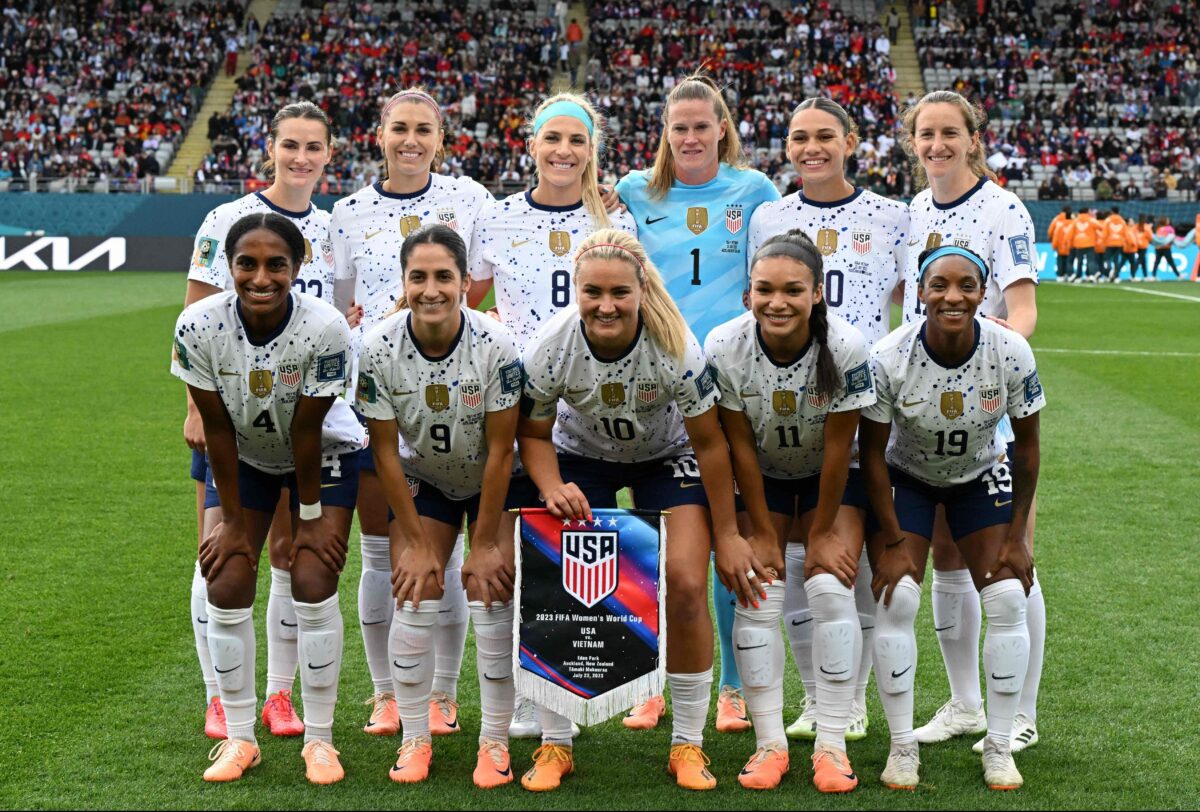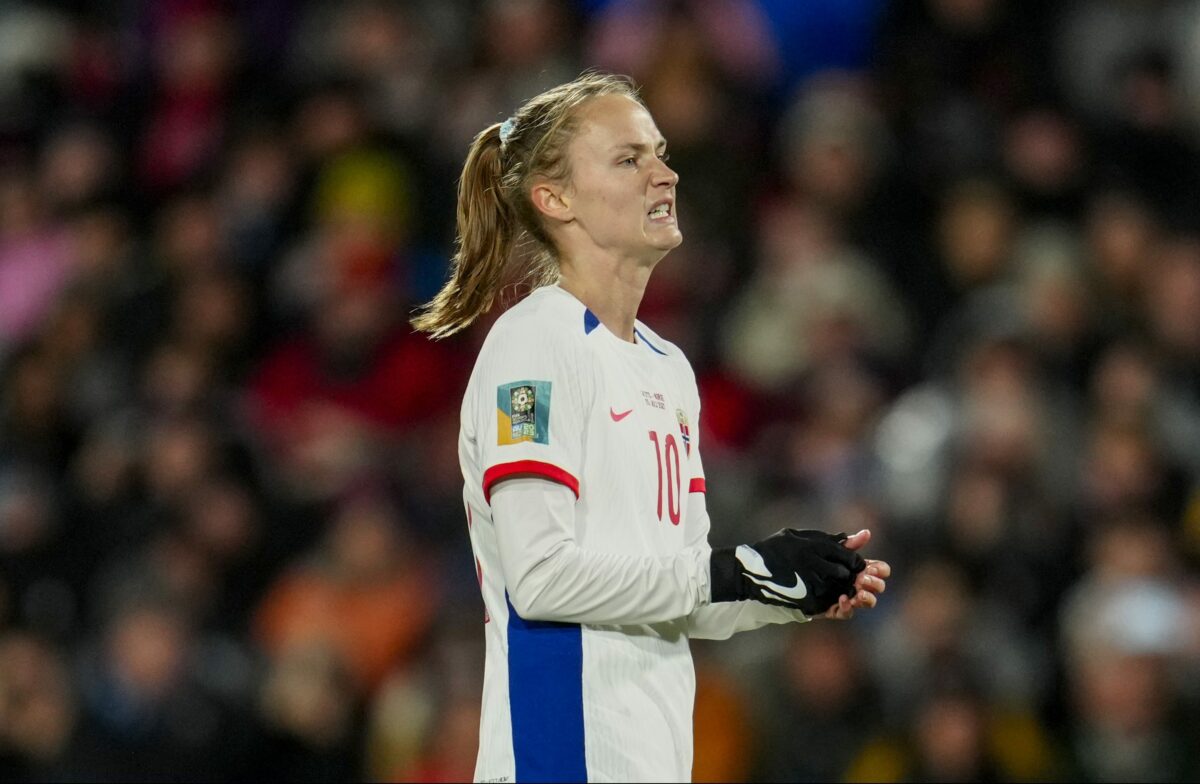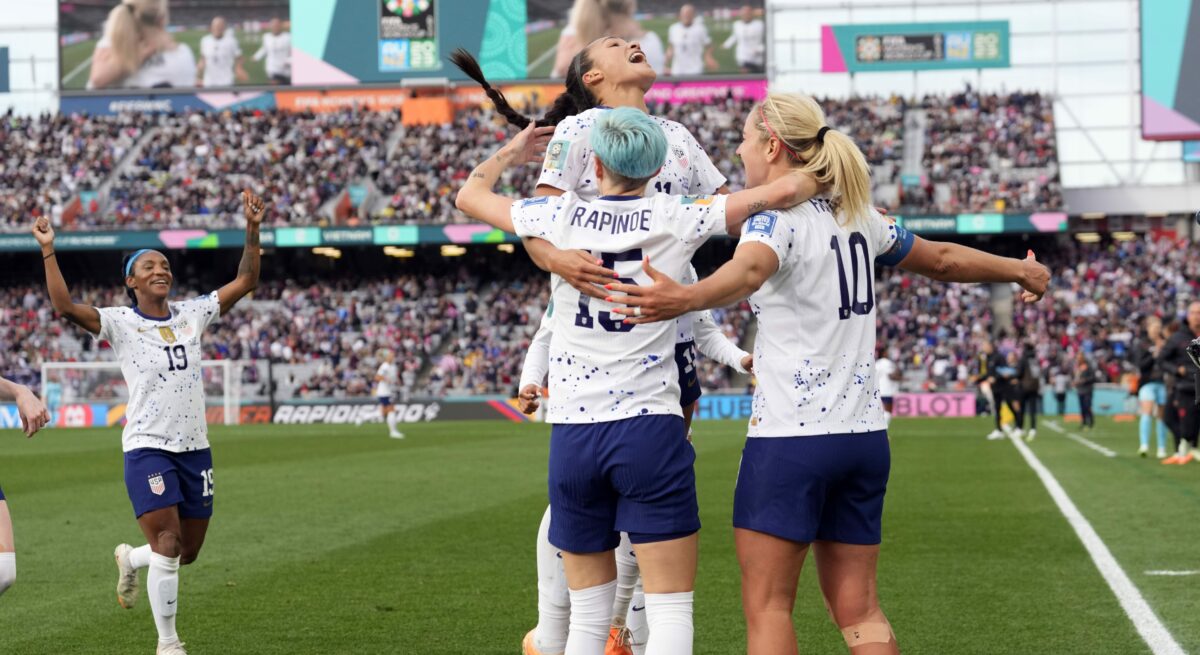Norway just cannot catch a break at this World Cup.
The Group A favorites, after stumbling to a dispiriting loss to New Zealand and only managing a scoreless draw versus Switzerland, will play a must-win game against the Philippines without injured star Ada Hegerberg.
The Lyon striker did not play against the Swiss, withdrawing from the match just seconds before kickoff with what Norway said was a groin injury.
The 28-year-old has not recovered in time to play any part against the Malditas, who have surprised observers by picking up a win and staying in the mix to go through with the right result on Sunday.
“There was too little time to make it to the match against the Philippines,” said Hegerberg in a statement published by Reuters. “I have faith in the team and will continue to work to be ready for a possible round of 16 game.”
“[Hegerberg] is not ready for this game, it came too early after her injury,” Norway manager Hege Riise told reporters at a pre-match press conference. “The medical staff have worked to see if [her return] was possible. It turned out today that it was not.”
Riise added that Norway’s medical team will keep working with Hegerberg with the aim of getting her ready in time for a knockout round match, acknowledging that her side must also clinch a place in the round of 16 to hold up its end of the bargain.
Problems mounting for Norway
With a roster stacked with midfielders and forwards playing at some of Europe’s best clubs, Norway was a very popular pick to win a weaker Group A, and to potentially advance beyond the round of 16 as well.
However, a shocking performance in the tournament’s opening game saw them outplayed and beaten by New Zealand in what was the Football Ferns’ first-ever World Cup win.
Despite a better result against Switzerland, things only got worse: Hegerberg picked up her injury doing one last short sprint — the kind of run players do before any professional game — moments from kickoff.
After that 0-0 draw, Riise drew public criticism from Caroline Graham Hansen after the star winger — along with Barcelona teammate Ingrid Engen — was surprisingly dropped to the bench for what the Norway boss said were tactical reasons.
Graham Hansen issued a public apology in the days that followed, though that statement was less about the content of her disagreements and more about making them public at the wrong time.
All of this comes as Norway faces a very difficult path out of Group A. They must beat the Philippines. They’ll also need the right result between New Zealand and Switzerland, which will be played simultaneously.
If the Football Ferns get a second win, Norway would need the scorelines of their victory and the Swiss loss to allow them to make up a goal difference deficit of three to squeak into second place. If Switzerland can beat the hosts, Norway’s path is more clear: they would finish second on four points, with New Zealand in third on three.
[lawrence-related id=23916,24184,24097]
